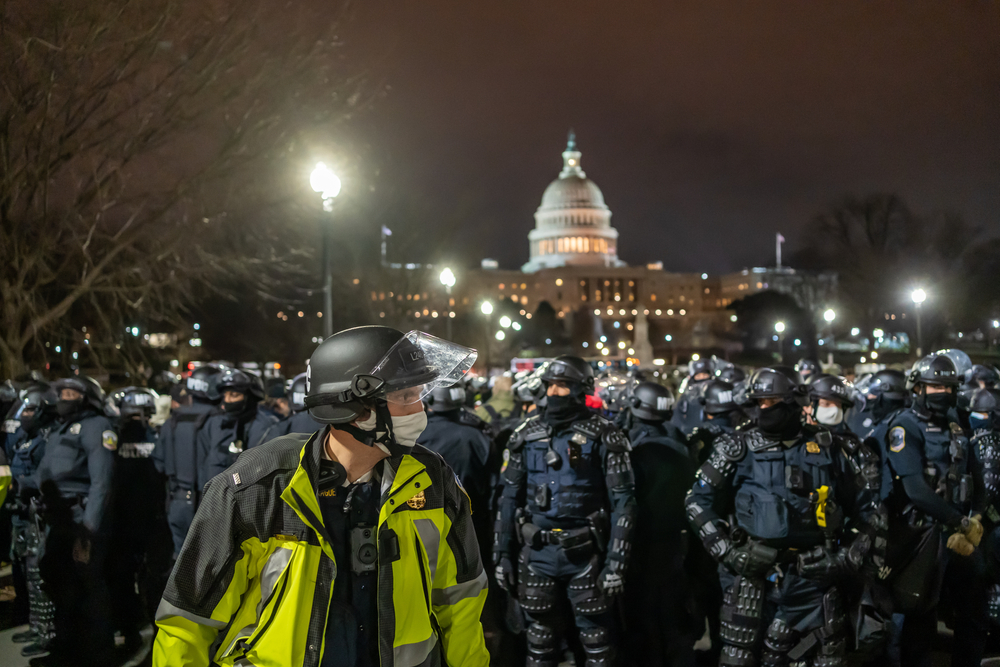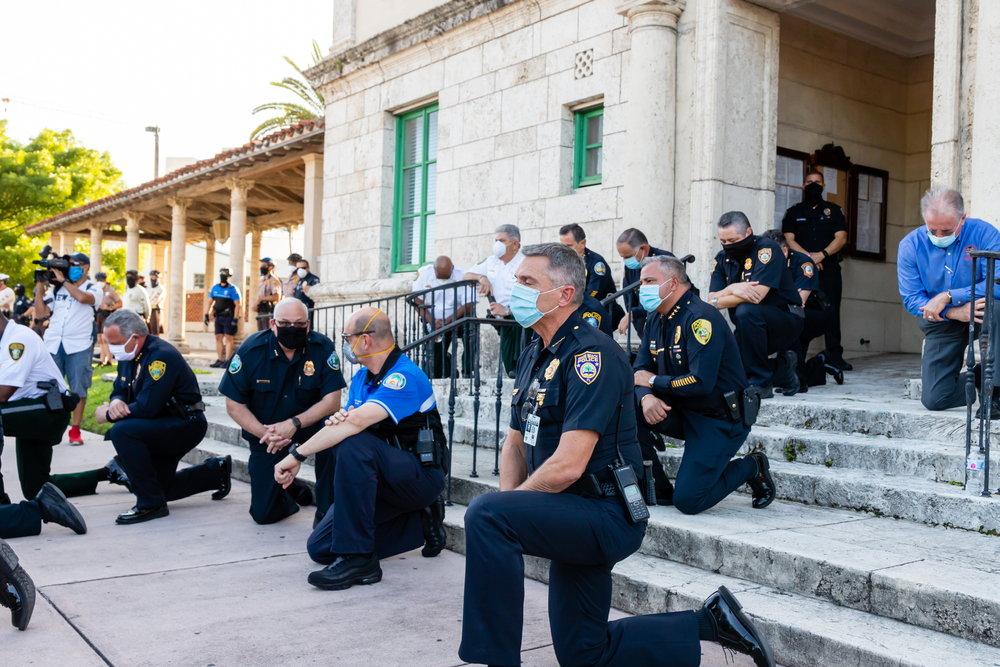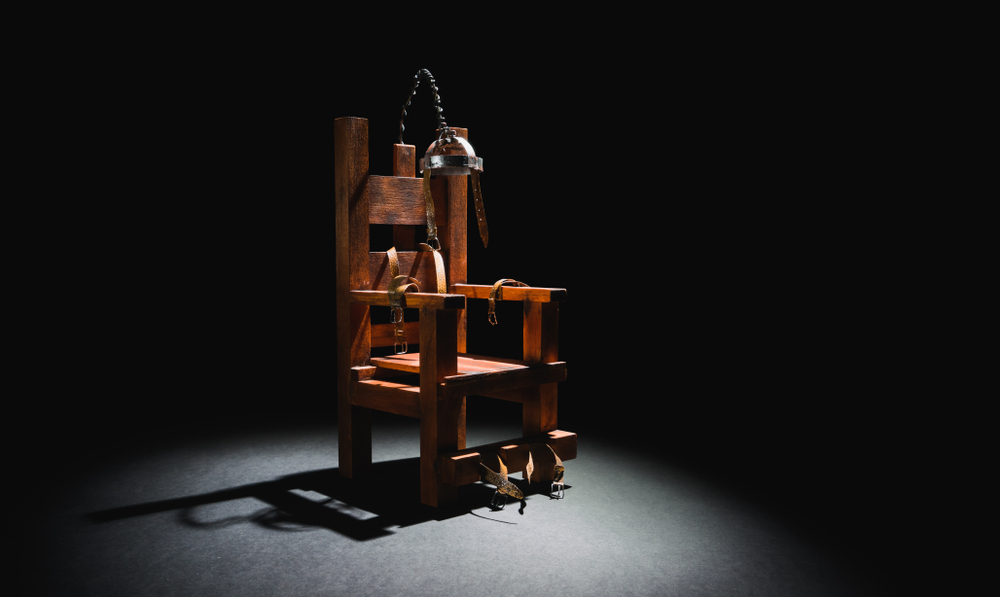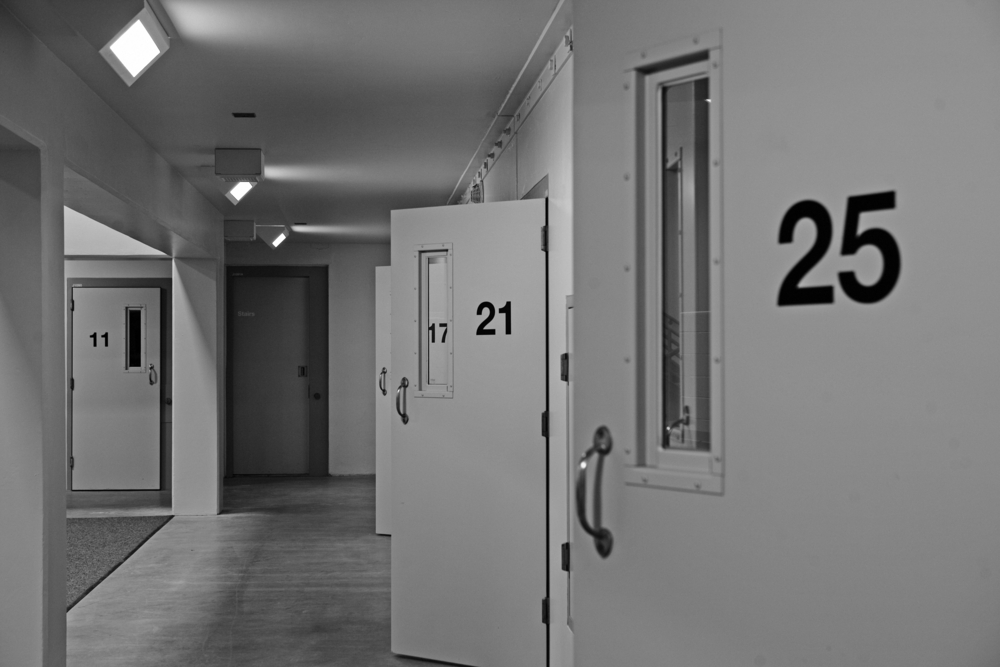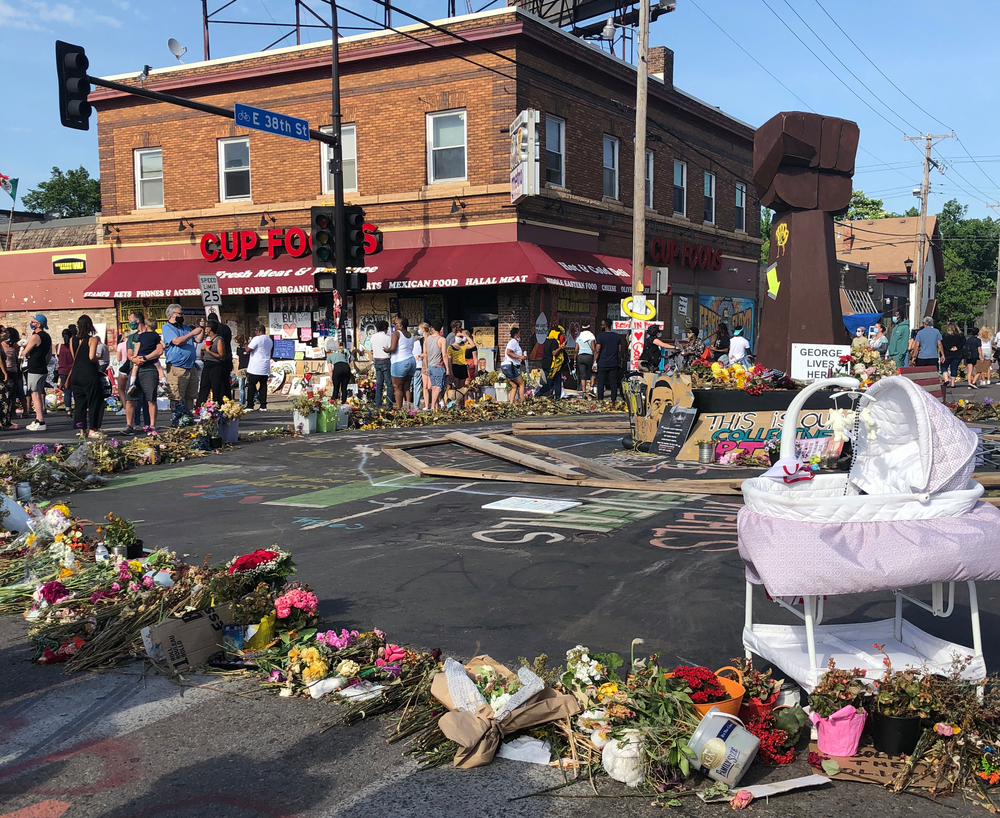Feds herald first notable decrease in violent crime since 2015
The rate of violent crimes, excluding simple assault, dropped 15% from 2018 to 2019 and 27% for women, according to a recent report released by the federal Bureau of Justice Statistics.
Still, rates vary from one area to another, with some continuing to see violent crime on the increase. St. Louis is one such city.

The Federal Bureau of Investigation released its 2019 edition of Crime in the United States, showing violent crime decreased for the third consecutive year.
The two reports complement each other. But while the FBI’s Uniform Crime Reporting program uses just police reports, the BJS’s National Crime Victimization Survey collects information on the “dark figure of crime,” crimes that go unreported to police, according to its author, Rachel E. Morgan, Ph.D.
It is the nation’s largest crime survey.

RELATED: Study: Jailing people on bail does not make communities safer
RELATED: Race still a major factor in death sentences, study finds
“Although the NCVS and UCR measure some of the same types of crime, the definitions and measurement aren’t consistent between these two data collections,” she said. “It’s good to see that the two data sources are trending in the same direction, but there are so many differences between them that they really should not be compared. More information on the differences between the NCVS and UCR are included in the Criminal Victimization, 2019 report.”
Government agencies use the NCVS, as do students, professors and researchers, Morgan said.
“I think people who follow BJS’s work closely expect this report to be released in the fall of each year and are on the lookout for it.”
She said she, herself, used the report as an undergraduate and in graduate criminology classes.
“After rising from 1.1 million in 2015 to 1.4 million in 2018, the number of persons who were victims of violent crime, excluding simple assault, dropped to 1.2 million in 2019. This is the first statistically significant decrease in the number of persons who were victims of violent crime excluding simple assault since 2015, and it corresponds with a decline in the number of victims of rape or sexual assault from 2018 to 2019,” the report states.
“Based on the NCVS … the portion of U.S. residents age 12 or older who were victims of one or more violent crimes excluding simple assault declined from 0.50% (about 1 in 200 persons) in 2018 to 0.44% (about 1 in 230 persons) in 2019, a 12% decrease.”
For Morgan, the heart of the report is this: “Victimizations reflect the total number of times people or households were victimized by crime. From 1993 to 2019, the rate of violent victimization excluding simple assault declined 75%, from 29.1 to 7.3 victimizations per 1,000 persons age 12 or older. Simple assault is the category of violent victimization captured by the NCVS that is least likely to be prosecuted as a felony. Similarly, the rate of violent victimization reported to police, excluding simple assault, declined 77% during this period, from 14.9 to 3.4 victimizations reported to police per 1,000 persons age 12 or older.”
The FBI crime report shows a three-year drop in violent crime reported to the police.
“For the last three years, the Department of Justice has worked tirelessly with our federal, state, local, and tribal partners to pursue those violent criminals, cartels, and gangs who seek to harm our communities,” said Deputy Attorney General Jeffrey A. Rosen. “We are steadfast in our commitment to protect the public safety of citizens and communities across the United States through violent crime initiatives like Project Safe Neighborhoods, Project Guardian and, most recently, Operation Legend.”
Again, the news is not great everywhere.

Katie Dalton, whose nonprofit Crime Victim Center is in St. Louis, said her city saw more than 200 homicides in 2019 for the first time since the 1970s.
“We are back to right where we began.”
Her organization works to empower people impacted by crime, from the victim to their family, witnesses and neighbors.
She said that in her city, part of the problem is that the police department has some of the lowest pay in the state and as a result, is down some 200 officers.
Dalton is more optimistic about the national picture.
“I try to pay attention nationally,” she said. “It is interesting. There are definitely a lot of efforts happening to get crimes down, a lot of push within police departments to use newer technology to help solve crime. I feel like if they solve more crime, it can be a deterrent.”
As for reporting being down, Dalton said, that could grow out of a lack of trust in police.
“There are definitely some communities that have seen a lot of violence through police departments, which deters people from calling the police, especially in certain areas. But it goes the other way, too. If areas are feeling safer, crime will shift to another region.”









